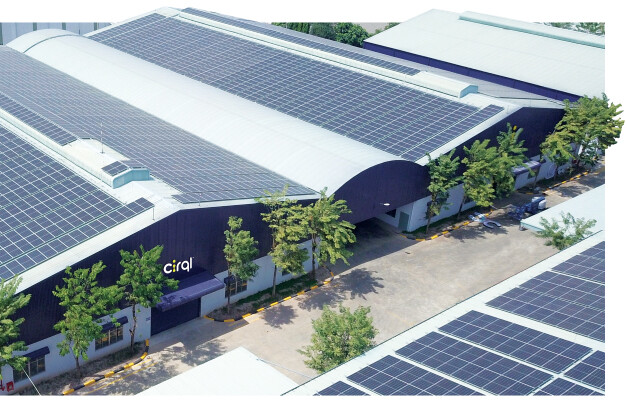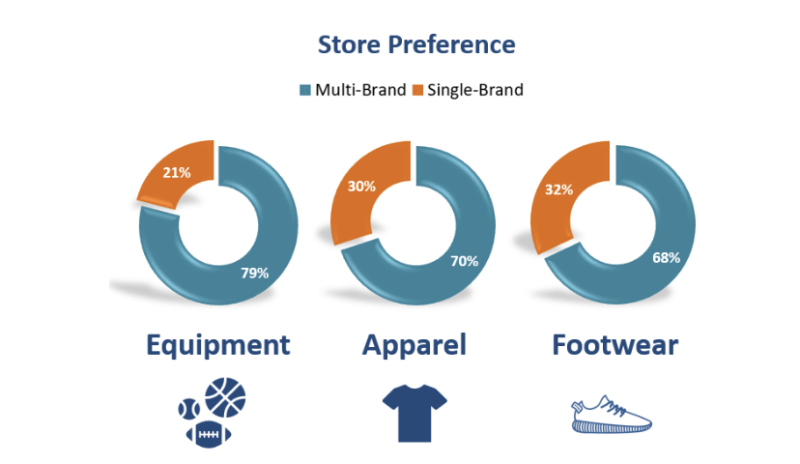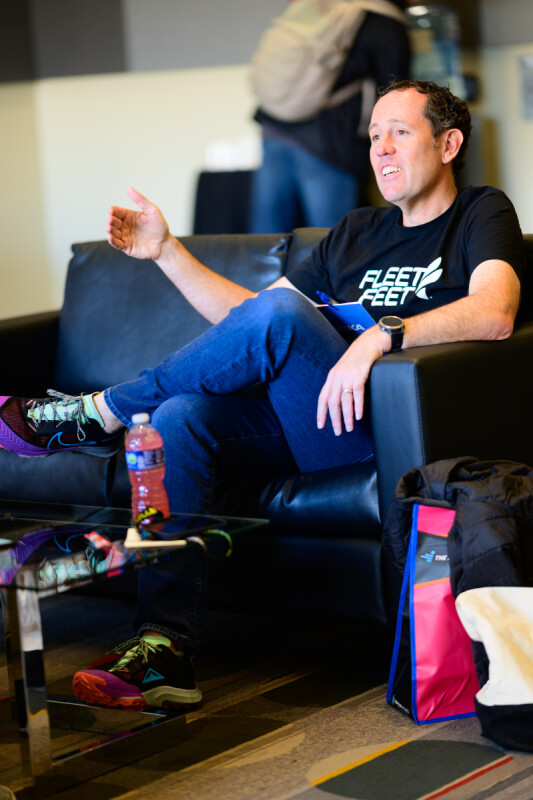Matt Smith calls EVA, the prominent foam used in most running shoe midsoles, “the elephant in the room.”
Smith and his OrthoLite teammates are trying to kick that elephant out and provide the run specialty marketplace a sustainable solution it can be proud to champion.
On March 1, the Massachusetts-based company best known for producing the insoles found in footwear from the likes of Under Armour, New Balance and On, unveiled Cirql, billed as the world’s first EVA plastics-free, recyclable, biodegradable and industrially compostable foam.
“We’re not just chipping away at the idea of sustainability, but rather creating a brand new loop and a soil-to-soil solution that doesn’t exist anywhere else,” says Smith, VP&GM of Cirql, OrthoLite’s new business unit located in Vietnam.
OrthoLite first conceived of Cirql (pronounced “circle”) in late 2017 to combat the environmental problems inherent in conventional foams, which are permanently bound together ingredients without a suitable end-of-life option. With some 20 billion pairs of shoes produced each year, millions of tons of waste entered the globe’s soils and waterways leaching toxic chemicals.
“These materials perform exceptionally well, but the problem is that they never disappear,” OrthoLite VP–innovation Rob Falken says. “It’s an almost overwhelming realization to multiply the effect of persistent plastics by some 20 billion pairs of shoes being produced each year.”
Through a rigorous, multi-year R&D process, OrthoLite crafted Cirql as an antidote to that environmental ill: a mono-material foam hitting on comfort and performance metrics as well as ambitious eco-conscious targets.
“Cirql is bold,” OrthoLite founder and CEO Glenn Barrett says. “It has the power to affect positive change on a global scale.”
Since debuting Cirql on March 1, Smith says OrthoLite has seen an enormous “level of interest … from every brand under the sun.”
Of note, OrthoLite already partners with more than 350 leading footwear brands, including performance run stalwarts such as Adidas, ASICS and Hoka.
“It’s hard not to see the drive from consumers making more and more choices around sustainability and companies trying to increase their green credentials,” Smith says.
OrthoLite is preparing to go into development with footwear brands in 2023. While Smith says market development will likely occur with casual footwear players first, he sees exciting potential for Cirql’s midsole solution to resonate with performance run players, so many of whom have embraced sustainable initiatives, materials and products over recent years.
“I would expect [Cirql’s] story to resonate perfectly with run specialty,” Smith says, noting that OrthoLite will start with one grade of Cirql before building out additional performance products. “We’re going to give brands an opportunity to sing from the rooftops about this.”
To make headway with performance running’s footwear brands, Smith acknowledges performance must be top notch. In fact, he calls performance “the golden egg” in a footwear field where elements such as weight, responsiveness and underfoot feel are so critical, so dissected and aggressively debated on social media, blogs and online forums.
In testing Cirql’s performance against EVA, Falken calls any differences “virtually indistinguishable.”
“Cirql has equal or better elongation properties, tensile strength properties, rebound properties and compression properties,” Falken says. “We’ve repeatedly refined our polymer, our mono-material ingredient and our resulting foam to be world class in comfort and performance.”







